The Paraíba Stone Inscription is a script of Phoenician text dated to approximately the sixth century BCE that was found in 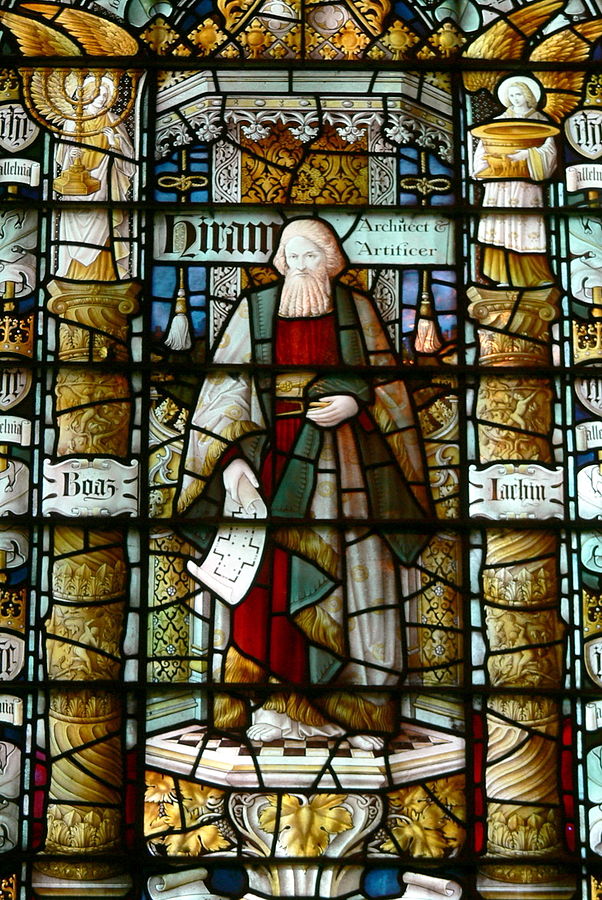 Paraita, the easternmost state of Brazil. The text tells of the Phoenician Masonic “Merchant King” and “King Hiram” who is called Tyrian King Hiram III (r. 554-533 BCE) in the text.
Paraita, the easternmost state of Brazil. The text tells of the Phoenician Masonic “Merchant King” and “King Hiram” who is called Tyrian King Hiram III (r. 554-533 BCE) in the text.
The Paraíba Inscription also mentions the “Sidonian Canaanites”, who are also known as the Phoenicians, who set sail around Africa and ended up on the shores of Brazil during the nineteenth year of the reign of King Hiram, some 500 years BC. The stone was said to be found in 1872 by slaves on the plantation of a man named Joaquim Alves da Costa.
Here is the complete Paraiba Stone translation:
“We are children of Canaan from Sidon of the Eastern Kingdom of Merchants and are cast, I pray, here beside a central land of mountains (with this) offered choice gift to the Most High Gods and Goddesses in year 19 of King Hiram, I pray (still) strong, from the valley of Ezion-geber of the Red Sea.
Thereby (we) journeyed with 10 ships and we were at sea together assuredly two years around the land of Ham. We were separated by the hand of Baal and no longer remained among our companions, I pray, we have come here, 12 men and 3 women at this new land. Devoted, I make, even whom men of wealth bow the knee, a pledge to the Most High Gods and Goddesses (with) sure hope.”
The Phoenicians sailing to the Americas to places such as Brazil and colonizing the area is by no means a new idea and it has been written about by many experts over the last few hundred years. In the Rio de Janeiro National Museum there are said to be tombstones with Phoenician, Syriac and Sanskrit inscriptions that were found in the Brazilian countryside.
A famous Danish scholar, Dr. Peter W. Lund, had said that the Phoenicians contributed to formation of the precivilization in Brazil. Let me please add that Dr. Lund is considered the father of Brazilian paleontology as well as archeology. Austrian professor Mr. Ludwig Schwennhagen, an expert on Brazilian history and the Amazon had written the “Ancient history of Brazil. 1100 BC to 1500 AD.” He had spent years studying the subterranean parts and hidden treasures of the land that exist near the village of Touro where the Phoenician navigators were said to have anchored after roaming about 10 km of a canal. Professor Schwennhagen concluded that he found Phoenician inscriptions in the Amazon in which there were references to many kings of Sidon and Tyre (887 to 856 BC).(Link)
Schwennhagen believes that the Phoenicians used Brazil as a base for at least 800 years contributing to the culture among the natives such as the Brazilian Indians, known as Carajás and Carajá-ís. In the etymology of the words they are clearly of Phoenician Hebrew origin, and can also be found in today’s Arabic language which descended from the Hebrew. It has been discovered just like it has in North American Indian tribes and language that the Brazilian Indian tribes such as the Guaranis, the Tupis, the Guajajaras, the Chambicás, the Anajás, the Carijós, etc., have in their vocabulary thousands of Arabian words whose origin is Phoenician.
Even though there is extensive evidence that the Phoenicians had colonized Brazil and an army of experts willing to back these facts up, the Paraíba text has garnished a tremendous amount of controversy with many experts contending it is authentic, and others who seem to be hell bent on supporting the main stream historic narrative claim that it is a fake. This battle of experts always seems to occur when an ancient artifact is found that tears down the current historical foundation built upon the sands of lies.
After my own personal research into the matter, I believe that the Paraíba Inscription is in fact real and the facts in this article that are supported by some of the world’s best Phoenician and Hebrew scholars, and also the many other articles I have done on the Phoenicians/Sidonians and American Indians will support the Truth in the light of the Lord.
For example, an expert on Semitic languages and Phoenician Hebrew, Dr. Cyrus Herzl Gordon (1908-2001) head of the Department of Mediterranean Studies, Brandeis University, Waltham, Massachusetts had concluded that “it is obvious that the text is genuine” (Gordon, p. 75). He is well-known for his translations of the ancient Cretan “Linear A” script as Semitic, and published hundreds of “orthodox” papers, and at the time there was no one in the world who was more knowledgeable than him.
Here was Dr. Gordon’s translation of the text
We are Sidonian Canaanites from the city of the Mercantile King. We were cast up on this distant shore, a land of mountains. We sacrificed a youth to the celestial gods and goddesses in the nineteenth year of our mighty King Hiram and embarked from Ezion-geber into the Red Sea. We voyaged with ten ships and were at sea together for two years around Africa [Ham]. Then we were separated by the hand of Baal and were no longer with our companions. So we have come here, twelve men and three women, into New Shore. Am I, the Admiral, a man who would flee? Nay! May the celestial gods and goddesses favour us well!
Dr. Gordon was also an expert on the infamous Bat Creek Stone in the United States of America from Tennessee. He had concluded that it was not an example of a nineteenth century Native American script (Thomas 1894), but rather written in Phoenician (Mertz 1964). Modifying the claim, he proposed the characters to be Hebrew letters from after the Second Jewish War, c. 135 CE, based on similarities with Maccabean coin inscriptions and letter-forms from Qumran.
The handling and authentication of the Phoenician script was written about in the book, “The Prehistoric Use of Iron and Steel: With Observations on Certain Matters” by St. John Vincent Day who was a biblical expert and member of several prestigious organizations. He had said that shortly after a copy of the text was found, it was handed over to the Historical “Society of Rio, Dr. Ladislau Netto, director of the national museum at Rio de Janeiro, who had presented his translation of the text to the London Anthropological Society. Two other translations were also published at the same time. (Young, pp. 110-112.)
Dr. Netto had issued this statement about his findings, “On examining it he found the letters to be Phoenician. “The inscription is of a commemorate stone—a “rough monument erected by some Phoenicians of “Sidonia, apparently between the ninth and tenth “years of the reign of a king named Hiram. These “latter ‘fishery.’ The relics of their language on coins and inscriptions are very “few, the most important being the inscription on the tomb of Esehmoun” Ezer, King of Sidon, which is now in the Louvre, and the Phoenician in”scription of Marseilles. (Page 58)
Here is a copy of the text translation by Dr. Netto:
It has been said that Dr. Netto later changed his story and claimed the text was a forgery. One can only assume this was done after pressure from his fellow paid academics to support the historical narrative, rather than Truth. This same story is played out all over the world in thousands of cases such as this.
The Paraíba Stone Inscription was also written about in a prestigious Brazilian journal, the Evening Post, who had said:
“Readers of the Evening Post will recall a recent “allusion in these columns to the discovery of inscriptions in Brazil, which, upon examination, proved to “be Phoenician, and to record the presence there of a Phoenician colony. The circumstances of the discovery are given as follows :
“Visconde de Sapercahy, a member of the Emperor’s “Council of State, received, three months ago, a letter “from Parahyba, enclosing a drawing of the inscription held the Mediterranean—and not only there, but elsewhere, for long maintained a maritime supremacy. “Of writing, the Phoenicians,” says Dr. Farrar, were certainly among the earliest to perfect it, and the sole nation who made it widely known Nor is that all; for to the same ‘ remarkable people we owe some of the earliest enterprises of colonization, and their adventurous barks, engaged in an active commerce, had carried them as far north as the British Isles, and as far west as the Sargasso Sea.
Unlike their national kindred (Semites), the Phoenicians were energetic, they were enterprising, they were artistic, they were grossly immoral, they were freely polytheistic. In short they were almost everything which the other Semites were not, and scarcely anything that the other Semites were.” And of this race he proceeds:” If they were a pure race, they would go far (as do the Mexicans in America) to shake to its very foundations the conception of ineradicable race-distinctions which have long prevailed among so many ethnologists. (Families of Speech, 99 et seq., 1873 edition. (The Prehistoric Use of Iron and Steel: With Observations on Certain Matters By St. John Vincent Day – Page 58)

Moe is the founder of GnosticWarrior.com. He is a father, husband, author, martial arts black belt, and an expert in Gnosticism, the occult, and esotericism.

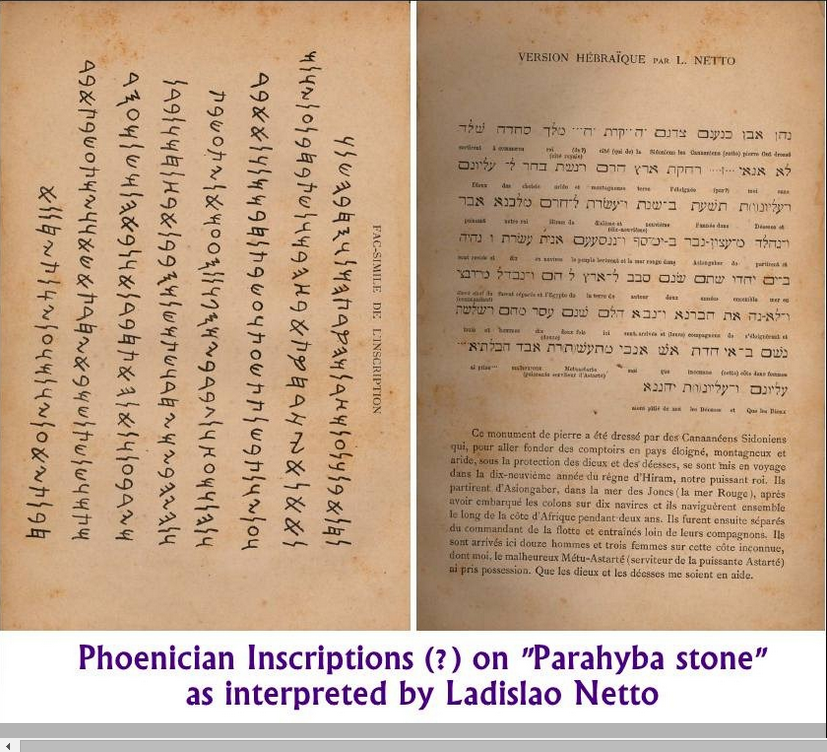
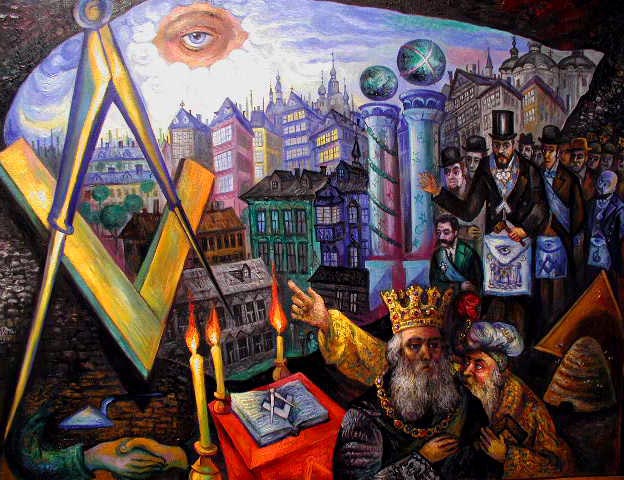

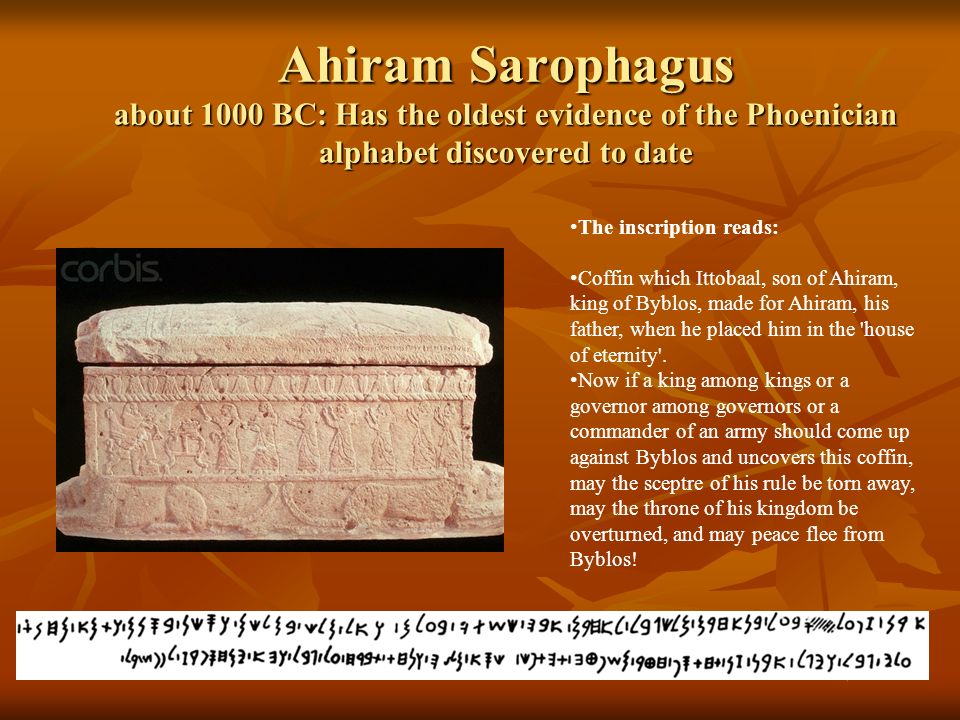
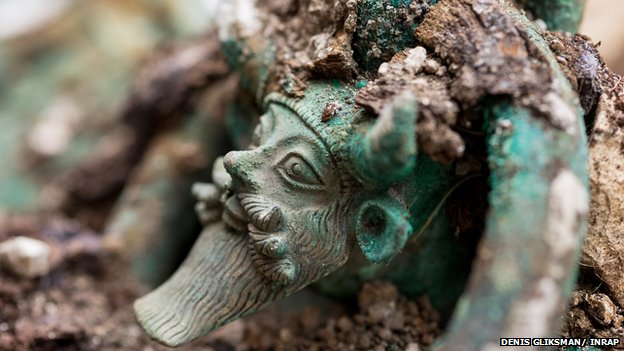
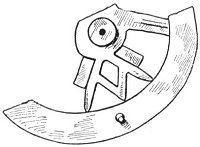
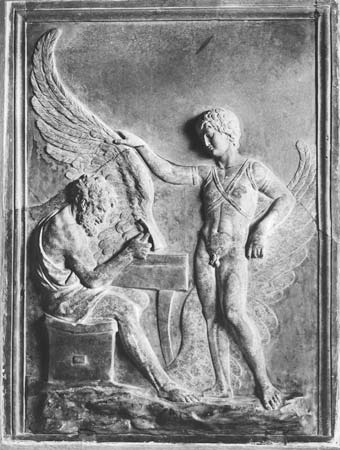
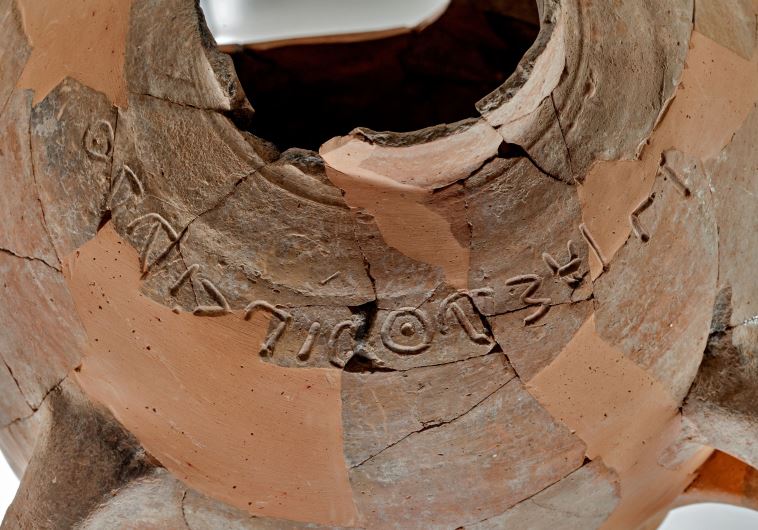
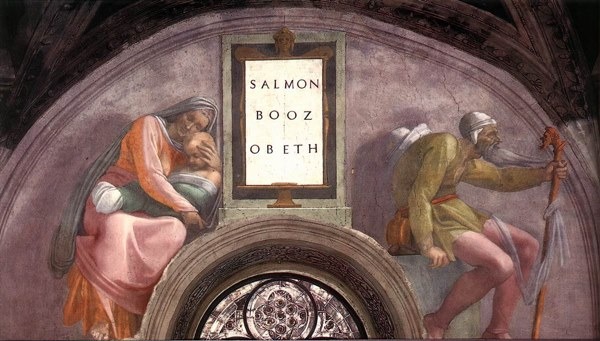
Nice Read Moe. Pondering who has the most to lose from the dissemination of this kind of information strengthens my perception of the elaborate constructs of the Panopticon that we have all been born into.
Thanks for the message Brother Pat. I believe it is just control of the mainstream narrative and to keep order in the tribes and countries who have been conquered by The Powers That Be (TPTB), whomever they may be. What they do allow is to keep your culture and religion as long as you conform to the state and Rule of Law. When I look at the state of this history today, I would say they have absolutely nothing to lose because they already one the game. We should let all people at least retain part of their ancient history, and culture. But I’m not sure if this will be allowed and who knows, in 100 years, any evidence and ancient history may be wiped out forever as well. ISIS and their destruction of 3,000-5,000 year old sites may be an indicator of what is to come.